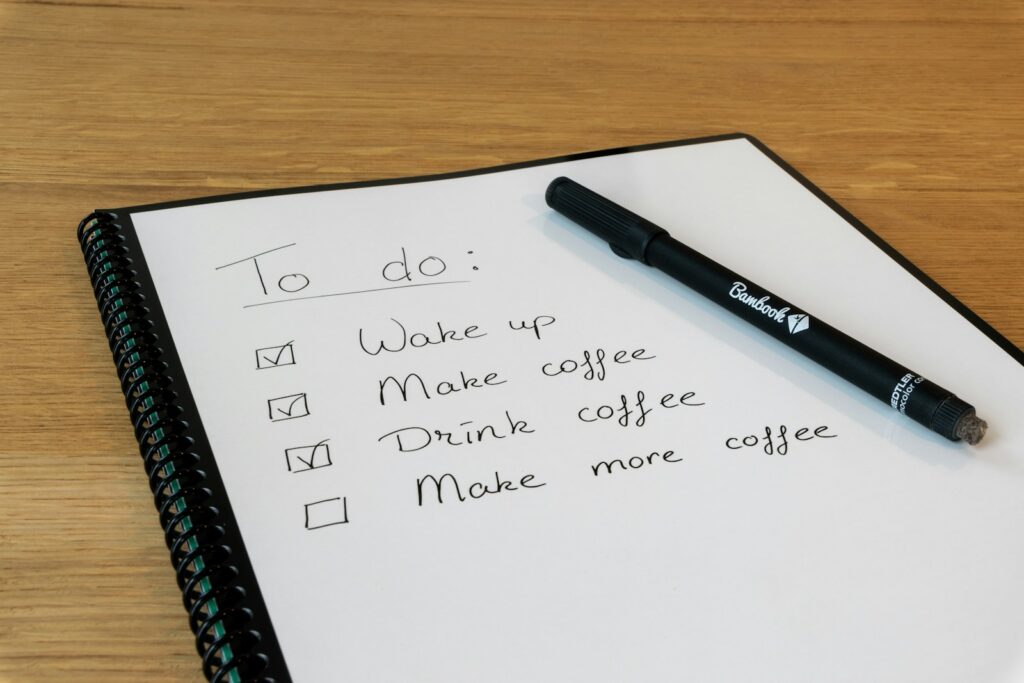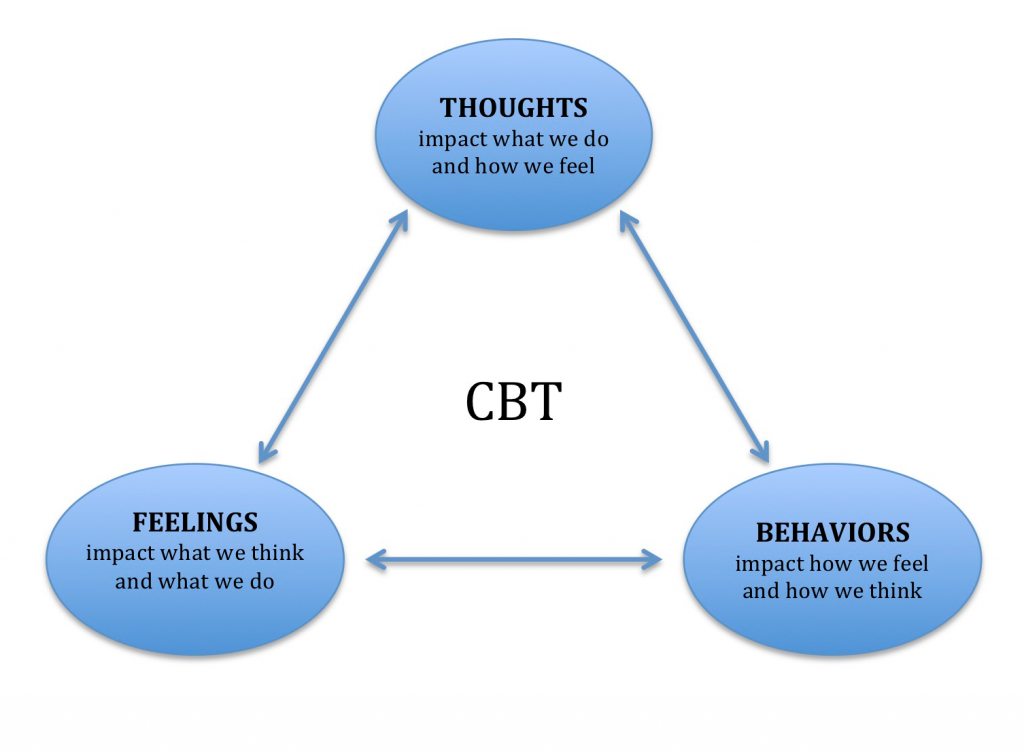
Holiday Gatherings and Food Anxiety: How to Stay Grounded…

You know that moment when you walk into a holiday gathering and suddenly feel hyper-aware of every plate, every comment, every glance?
It’s supposed to be festive, but instead your brain is scanning the room like it’s bracing for impact.
If you struggle with food anxiety, body image concerns, or an eating disorder, this season can feel like a minefield. You’re not imagining it – food is everywhere, and people suddenly feel incredibly comfortable offering their opinions about who’s eating what, who’s gained or lost weight, and how they’re “being so bad” by having a cookie.
It’s a lot. And you’re allowed to name that.
This discomfort often exists alongside other holiday emotions, and many adults find it hard to make space for both at once—something explored in When Gratitude Feels Hard: Making Space for Real Emotions This Season.
Why the Holidays Can Intensify Food Anxiety (And Why That Makes Sense)
Several things collide all at once this time of year:
1. Food takes center stage.
Every celebration is built around meals, treats, and buffets. That doesn’t have to be a bad thing, but if you’re already navigating a difficult relationship with food, it can feel overwhelming or even threatening.

2. People talk… a lot.
“Well, I’m being naughty today!”
“I’ll have to make up for this tomorrow.”
“You look amazing – did you lose weight?”
You might hear these comments dozens of times in a single weekend. Even if they’re not directed at you, they create pressure and comparison.
3. Old patterns resurface.
Returning to childhood homes, familiar roles, or old relationship dynamics can trigger long-standing insecurities or coping strategies about your body or your worth.
4. Your routine disappears.
Even small shifts in schedule can stir up anxiety, especially for those recovering from disordered eating.
Understanding this isn’t about blaming the season – it’s about offering yourself kindness. When you see the pressure clearly, you can release some of the shame that says, “What’s wrong with me? Why can’t I just relax?”
Nothing is wrong with you.
You’re responding to real stressors with a very human nervous system doing its best.
Grounding Practices to Support You This Season

You don’t have to “power through” or pretend everything is fine. These gentle, realistic practices can help you stay connected to yourself. In fact, you can think of them as self-compassion practices disguised as coping strategies.
1. Set micro-intentions before events.
Not giant goals. Not rules. Not perfection.
Just gentle reminders like:
- “I’ll pause and check in with myself when things feel loud.”
- “I’ll choose one thing that helps me feel anchored.”
- “I’ll give myself permission to step outside if I need a reset.”
- “I’ll appreciate who I’m sharing my holiday meal with.”
- “I’ll notice one thing I appreciate about this gathering.”
Self-compassion is permission – not pressure.
2. Establish your safe person.
Having one person you can text, sit next to, or make eye contact with can change everything. Not because you’re “being dramatic,” but because humans regulate through connection. They don’t need to fix anything – just be a landing place.
3. Expect the comments and prepare your response.
You don’t have to engage. You don’t have to educate or convince anyone. A neutral, boundary-holding reply is enough:
- “I’m focusing on enjoying the holiday, not talking about food or weight.”
- “I’m good, thanks.”
- Change the subject: “Let’s talk about something else.”
Simple. Clear. Kind – to yourself most of all.
4. Honor your hunger and fullness cues as best you can.
This doesn’t mean perfection. It simply means noticing:
Am I eating past hunger because I’m overwhelmed?
Am I restricting out of fear?
Am I panicking?
What does my body need right now?
Gentle awareness and curiosity – not judgment.
5. Create a decompression routine.
A short walk, a quiet drive, music that soothes your nervous system – anything that helps your body settle.
This isn’t “being dramatic.” It’s giving yourself the same care you’d offer someone you love.
If You’re in Recovery (Or Trying to Be)
Holidays can stir up guilt, fear, or old patterns. Recovery doesn’t take a holiday break. And that doesn’t mean you’re failing – it means you’re healing in real life, not in a perfectly controlled environment.
A self-compassionate approach might sound like:
- “My old patterns are showing up because this is hard – not because I’m going backwards.”
- “I can ask for help.”
- “I’m still worthy, even on days I struggle.”
If possible, loop in your therapist or dietitian ahead of time. Let them know your stress points. Create a loose plan. And above all: remind yourself that healing is not linear, especially during high-pressure times.
A Gentle Reminder
You deserve to show up to holiday moments without being at war with yourself.
You deserve nourishment and joy without conditions.
You deserve compassion – especially from yourself.
You deserve to take up space – physically, emotionally, and at the table.
And if this season feels heavy, please remember: many adults quietly struggle with food anxiety during the holidays. You’re not broken. You’re not alone. You’re responding to a complex season with a nervous system that’s doing its best to protect you.
Take what you need.
Leave what you don’t.
And remember: you are allowed to protect your energy, your recovery, and your well-being.

If this post resonates, it may be a sign you’re not meant to carry this alone. Support is available when you’re ready.
If you’re looking for more information about food anxiety or eating disorder support, the National Eating Disorders Association offers additional resources.




























